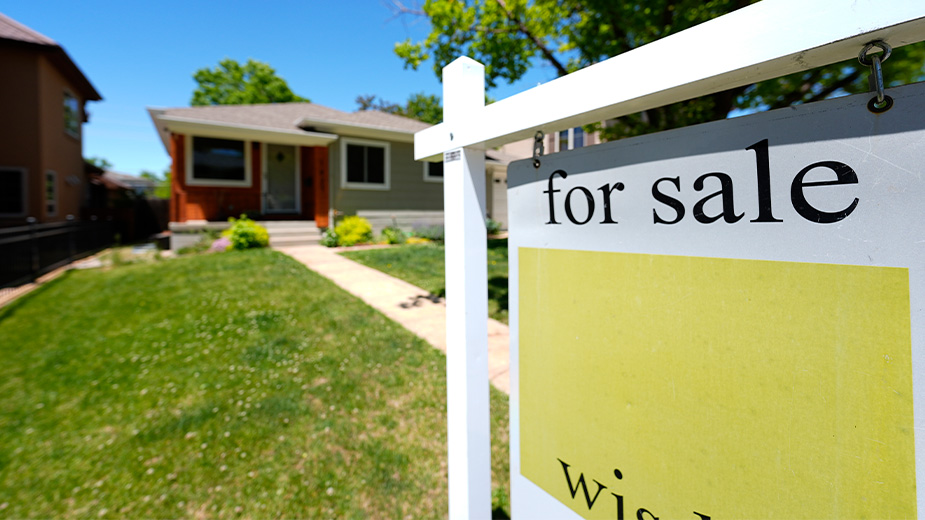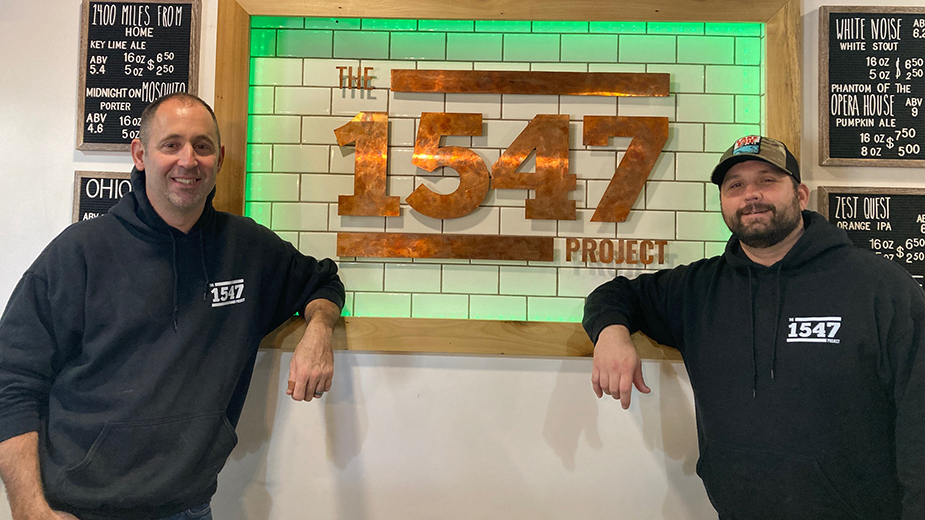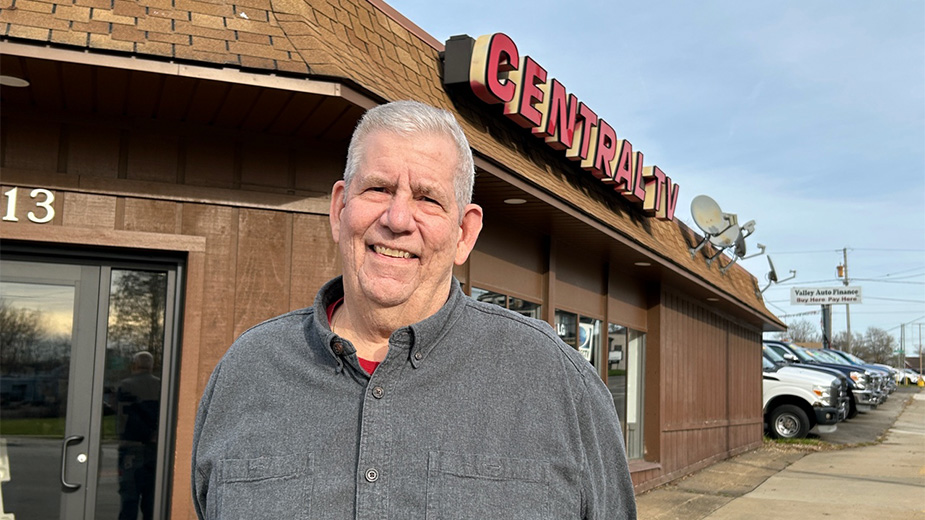Housing Assessment Identifies Challenges in the Valley
YOUNGSTOWN, Ohio – The Mahoning Valley doesn’t have enough housing in a variety of options and at a variety of prices to meet residents’ needs.
That’s according to a housing needs assessment of Mahoning and Trumbull counties by the Greater Ohio Policy Center, which was contracted for the work by Eastgate Regional Council of Governments.
“We’re seeing similar conditions to what other communities are seeing across the country,” said Justin Mondok, Eastgate director of planning and development.
Eastgate and the Youngstown/Warren Regional Chamber will announce recommendations and a housing strategy in January.
“Big picture, that’s the one: We need to build more housing; we need to build more diverse housing; and we need to cater to all segments of the market,” Mondok said.
There’s been an emphasis on market rate and luxury housing, he said.
But he pointed to recent news stories about the Trumbull County Housing Authority issuing housing vouchers and people lining up hours before the facility opened.
“Obviously, there’s a need there that’s not being met,” Mondok said.
There are a handful of areas that need focus, he said.
“Zoning and permit reform – I think we can ease the burden on some of the challenges that builders face when they’re looking to develop housing,” the planning and development director said.
Demolition over the 10 years has left a lot of vacant land that can be developed by smaller developers.
“Communities can work together and kind of focus in on assembling land and redeveloping some of these areas,” he said. “You can do that blocks at a time almost in some of these areas that have almost been cleared out by demolitions.”
Larger developers build 40 to 50 units at a time.
“But if we focus on small developers, they’re the ones who will go into the neighborhoods and kind of replace the missing teeth, so to speak,” Mondok explained.
The assessment reports that affording a home is a challenge for households that earn between 30% and 50% of the area’s median income, but it’s even more challenging for households earning less.
For a family of three, 50% of the area’s median income is $77,200 annually.
Brenda Linert, director of government affairs and community impact for the Regional Chamber, said the assessment will provide the basis for the strategy that will be announced in January.
“It really was not surprising, but it was helpful because it was analyzing what the existing status is of housing in our market,” she said.
The housing assessment began about a year ago.
“As we get ready to release the strategy, we’ve already been talking about the different categories we need to focus on in implementing the strategy,” Linert said. “The chamber and Eastgate will be working closely on that, and there will be some other organizations as well to implement because it’s a long-term strategy. It’s nothing that’s going to be corrected in a year. It’s going to be a long-term effort by several partners that work on economic development and housing issues.”
The assessment reports that about 17% of homeowners in the Mahoning Valley are cost-burdened, with about 7.5% of them severely cost-burdened, meaning they spend more than 50% of their income on mortgage, taxes, utilities and insurance.
And 10% of Valley households earn less than 30% AMI and pay more than 50% of their income on housing costs. There are 1.15 times more cost-burdened renting households than owner-occupied households that are cost burdened – 23,310 renting households, 20,305 homeowner households.
According to the assessment’s authors, to afford a fair market, two-bedroom apartment in the Valley, a family must earn a salary of $31,760 or work 60 hours per week at a minimum wage job. But 23.5% of Mahoning households and 22.3% of those in Trumbull earned less than $25,000 in 2022. Only four of the 10 fastest-growing jobs in the Mahoning Valley paid a wage of $15.27 or more per hour, the amount needed to afford housing.
The assessment also found that while most Valley households are homeowners, Youngstown and Warren have more renters than the rest of their respective counties. In those cities, about 45% of households are renters, while roughly 25% of households in the rest of the counties are renters.
The cost of rent has increased since the pandemic, the assessment also found.
From 2018 to 2022, median rent and income grew by 7% in Mahoning, and in Trumbull, rent and median household income grew by 6%.
“Local service providers indicate that rental rates have continued to rise into 2024,” the assessment said.
It also reports a shortage of housing units attainable to households with an income at or below 30% of the area’s median income. Plus, there’s a deficit of attainable units for extremely low-income renters in Youngstown, Warren and the balance of the counties, with 132 renters for every 100 units available.
“Federal data suggests that there is an excess of units for renting households earning 31 to 50% AMI, but local community development leaders and social service leaders reject this data and argue there is a deficit of units available to households earning 31 to 50% AMI,” the assessment said.
The age of available data may be a cause for the discrepancy, it said.
The U.S. Department of Housing and Urban Development is subsidizing much of the housing that’s affordable to very low-income renters.
Additionally, 1 in 4 Valley households suffer from severe housing problem, including incomplete kitchen or plumbing facilities, overcrowding or occupants paying more than 30% of their income on housing costs.
The assessment also reports that nearly half of all Valley renters are cost-burdened. Renters are more than two times as likely to be cost-burdened than homeowners in the Valley.
Pictured at top: A for sale sign is seen outside a single-family residence. (AP Photo | David Zalubowski, File)
Copyright 2024 The Business Journal, Youngstown, Ohio.



